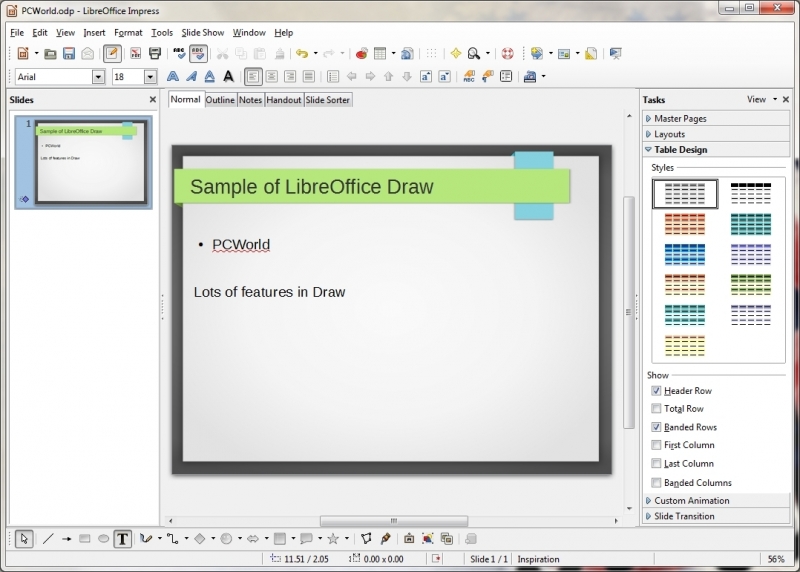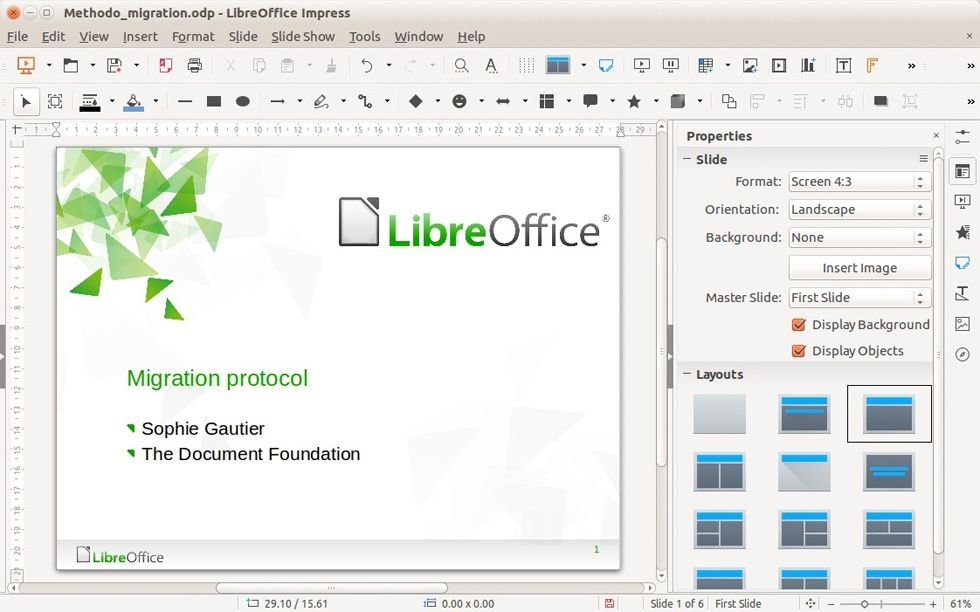
Macros are very useful when you have to repeat the same task in the same way over and over again.

The LibreOffice macro language is very flexible, allowing automation of both simple and complex tasks. An example of a simple macro is one that “types” your address. Toolbars, menu items, and keyboard shortcutsĪ macro is a saved sequence of commands or keystrokes that are stored for later use. How the macro recorder uses the dispatch framework For a more detailed list, see the application Help.Ĭontrol+click and/or right-click depending on computer setup The table below gives some common substitutions for the instructions in this chapter. Some keystrokes and menu items are different on a Mac from those used in Windows and Linux. This chapter is based on Chapter 13 of Getting Started with 3.3.

Please direct any comments or suggestions about this document to the Documentation Team’s mailing list: Everything you send to a mailing list, including your email address and any other personal information that is written in the message, is publicly archived and cannot be deleted. You may distribute it and/or modify it under the terms of either the GNU General Public License ( ), version 3 or later, or the Creative Commons Attribution License ( ), version 4.0 or later.Īll trademarks within this guide belong to their legitimate owners. This document is Copyright © 2010–2016 by the LibreOffice Documentation Team. Using the Macro Recorder … and Beyond Copyright


 0 kommentar(er)
0 kommentar(er)
